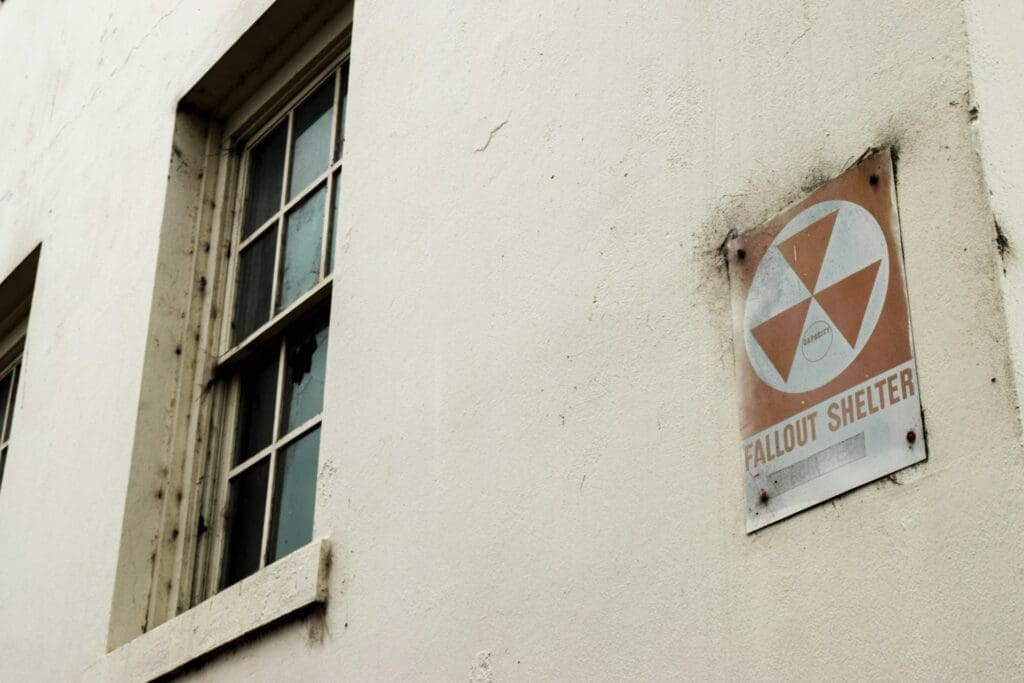Asbestos, once hailed as a miracle material for its fire-resistant properties, has become a significant concern for homeowners due to its potential health risks. While many are aware of common asbestos sources like old insulation or floor tiles, there are several unexpected places where this hazardous material might be lurking. As property restoration experts, we’ve encountered asbestos in various surprising locations. Here are five unexpected places where asbestos might be present in your home.
1. Popcorn Ceilings
Popcorn ceilings, popular in homes built between the 1950s and 1980s, often contain asbestos. These textured ceilings were favored for their ability to hide imperfections and provide sound insulation. However, the spray-on mixture used to create the distinctive bumpy texture frequently included asbestos fibers. If your home has popcorn ceilings installed before the mid-1980s, it’s crucial to have them professionally tested before attempting any renovations or removal.d
2. Window Putty and Caulking
The putty or caulking around windows, especially in older homes, may contain asbestos. This material was used to seal gaps and provide insulation around window frames. Over time, this putty can deteriorate, potentially releasing asbestos fibers into the air. If you’re planning to replace old windows or notice crumbling putty, it’s essential to approach the task with caution and consider professional assessment.
3. Older Appliances
Surprisingly, some older household appliances may contain asbestos components. Items like older toasters, coffee pots, and even hairdryers sometimes used asbestos for its heat-resistant properties. While the asbestos in these appliances is typically not friable (easily crumbled), it’s worth being aware of this potential source, especially if you have vintage appliances in your home.
4. Vermiculite Insulation
Vermiculite, a naturally occurring mineral, was widely used as insulation in attics and walls. Unfortunately, a significant portion of the vermiculite used in North America came from a mine contaminated with asbestos. If your home has loose-fill, pebble-like insulation in the attic, it could be vermiculite containing asbestos. It’s crucial to leave this material undisturbed and seek professional advice for proper assessment and potential removal.
5. Textured Paint and Wall Coatings
Some textured paints and wall coatings, particularly those applied before the 1980s, may contain asbestos. These products were used to create decorative finishes on walls and ceilings. The asbestos provided fire resistance and improved the product’s ability to adhere to surfaces. If you’re considering removing old textured paint or wallpaper, it’s wise to have the material tested for asbestos before proceeding.
The Importance of Professional Assessment
While the presence of these materials doesn’t necessarily mean your home is unsafe, it’s crucial to approach any potential asbestos-containing materials with caution. Asbestos is most dangerous when it’s friable or disturbed, which can release fibers into the air. If you suspect the presence of asbestos in your home, especially in these unexpected places, it’s essential to consult with a professional asbestos inspector or abatement specialist.
Remember, attempting to remove or disturb asbestos-containing materials without proper training and equipment can be extremely dangerous. Professional assessment and, if necessary, abatement ensure that any asbestos in your home is handled safely, protecting you and your family from potential health risks.
Conclusion
Asbestos can hide in unexpected places throughout your home, from decorative ceilings to everyday appliances. Being aware of these potential sources is the first step in ensuring your living environment is safe. If you live in an older home or are planning renovations, consider having a professional asbestos inspection. This precautionary measure can provide peace of mind and help you make informed decisions about your home’s safety and maintenance.




